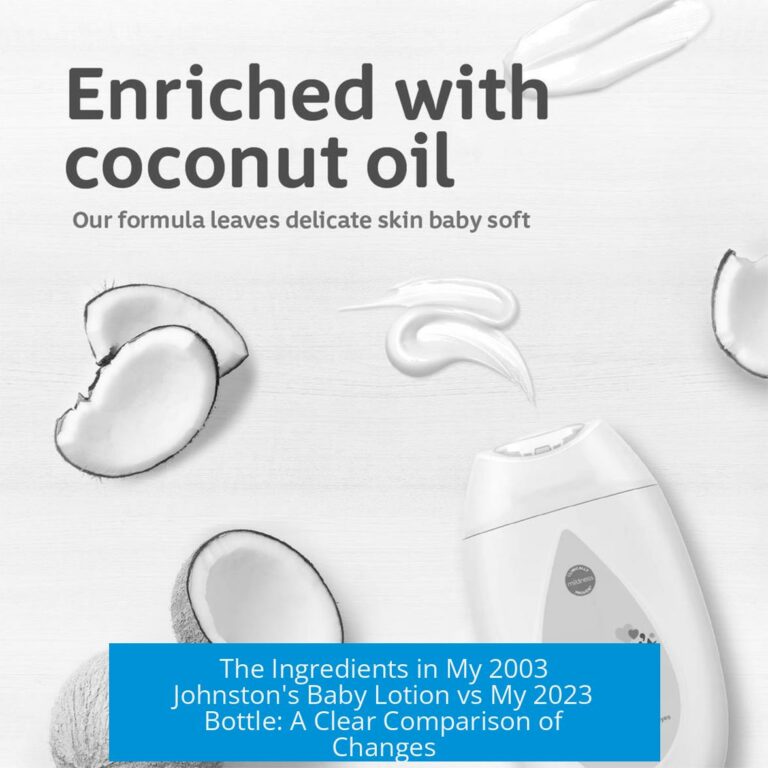Why is CN− a Better Nucleophile than a Base?
CN− acts as a better nucleophile than a base due to its linear, compact shape and moderate basicity, which favors attack on electrophiles rather than proton abstraction. This difference stems from the distinct kinetic and thermodynamic properties governing nucleophilicity and basicity.
Distinction Between Nucleophilicity and Basicity
Basicity is a thermodynamic property, reflecting the equilibrium position of proton transfer, often related to pKa values of acids and conjugate bases. Nucleophilicity depends on kinetics, describing how quickly a species attacks an electrophilic center.
This difference is crucial. CN− can rapidly attack electrophiles, exhibiting high nucleophilicity, though it does not strongly favor removing protons from molecules with higher pKa values.
Structural Features of CN− Enhancing Nucleophilicity
- CN− is linear and compact, minimizing steric hindrance during electron pair donation.
- This geometric simplicity allows efficient overlap with electrophilic orbitals.
- Its small size enables better approach to reaction centers than bulkier bases.
For comparison, bulkier or more hindered bases face greater steric resistance, limiting nucleophilic attack.
Comparison with Typical Bases Like LDA
Lithium diisopropylamide (LDA) is a strong base whose conjugate acid has a very high pKa (~36), enabling easy deprotonation of carbonyl alpha hydrogens (pKa ~ 20).
In contrast, cyanide’s conjugate acid, hydrogen cyanide (HCN), has a pKa around 9.2, making CN− less basic and ineffective for deprotonating less acidic protons. Thus, it acts primarily as a nucleophile, not a base.
This distinction explains why CN− is excellent in substitution reactions but poor in enolization or other deprotonation steps.
Summary of Key Points
- CN− nucleophilicity is kinetic, enhanced by its linear structure and small size.
- Basicity is thermodynamic and depends on pKa values; CN− is a weak base compared to LDA.
- CN− readily attacks electrophiles but rarely abstracts protons from species with higher pKa.
- Strong bases like LDA are preferred for deprotonation because of their higher basicity.
Why does the linear structure of CN⁻ make it a better nucleophile?
CN⁻ has a linear and compact shape. This means it faces little steric hindrance when attacking electrophiles. The minimal steric constraints allow it to react more quickly with electrophilic centers.
How do pKa values explain CN⁻ being a better nucleophile than a base?
CN⁻ has a conjugate acid (HCN) with a low pKa. This means CN⁻ is a weak base and unlikely to deprotonate compounds with higher pKa values, like carbonyl compounds. So, it favors nucleophilic attack rather than base reactions.
What distinguishes nucleophilicity from basicity in CN⁻?
Nucleophilicity is about the rate of reaction with electrophiles (kinetic). Basicity reflects the equilibrium position in proton transfers (thermodynamic). CN⁻ is a strong nucleophile but a weaker base due to its thermodynamic properties.
Why is CN⁻ preferred over strong bases like LDA for nucleophilic substitution?
LDA is a strong base and good for deprotonating compounds, but bulky and less nucleophilic. CN⁻ is compact, making it more efficient in nucleophilic substitution without causing unwanted deprotonation.
Can CN⁻ deprotonate carbonyl compounds effectively?
No. CN⁻ conjugate acid pKa is lower than the carbonyl alpha protons’ pKa. This prevents CN⁻ from removing alpha protons, so it acts primarily as a nucleophile rather than a base for enolization.





Leave a Comment